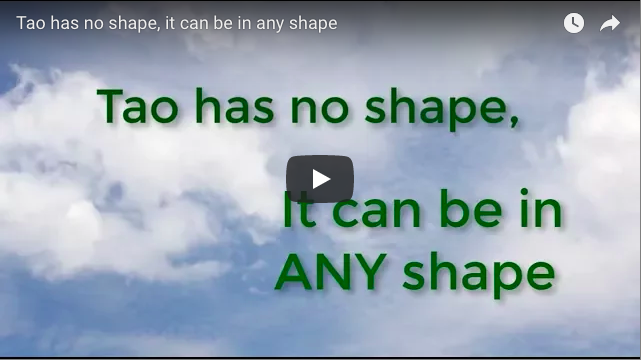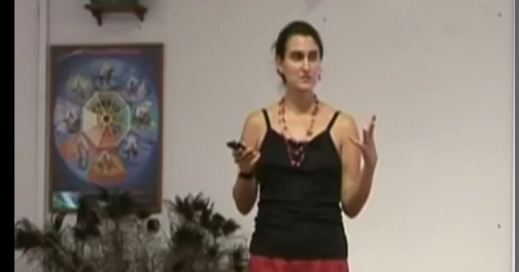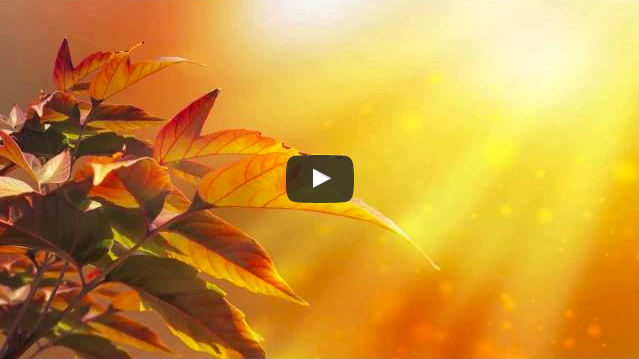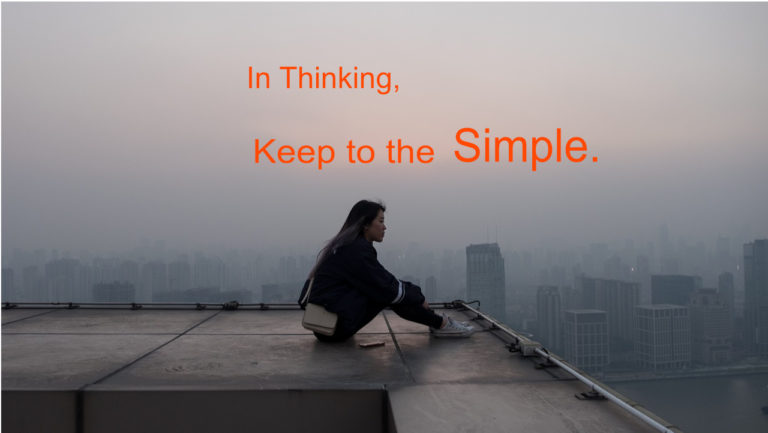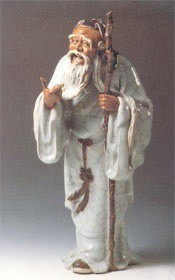What is Tao and Te – and how not to be confused
Tao and Te are fundamental concepts in the Tao Te Ching, but they can be confusing to many readers. Although the term Tao and Te are often put together as “moral” in Chinese, the mean something quite different in the context of the Tao Te Ching. In fact, the book is discussing the opposite: the principles of the universe and how we can align ourselves with the natural order to live a harmonious and fulfilling life. The laws of nature are beyond human control, in contrast to moral standards, which are established by people. Therefore, saying the book as a guide to moral standards is clearly an error.
So, what do Tao and Te actually mean in the context of the Tao Te Ching?
The term “Tao” means “The Way” and was coined by Lao Tzu, the author of the Tao Te Ching, to describe the underlying principle of the universe. The Tao represents the natural order of things, the ultimate reality, and the source of all existence. Although it is invisible and formless, we can see its manifestation in everything around us, such as the mountains, rivers, birds, fish and, of course, ourselves. Through the behaviors and nature of existence, we see the Tao in action.
On the other hand, Lao Tzu used the term “Te” to describe the manifestation of the Tao. While the Tao represents the natural order of the universe, Te refers to the virtuous qualities and actions that are in accord with the Tao. However, due to factors such as ego and lack of wisdom, our Te may not strictly conform to the Tao, resulting in different levels of Te, superior and inferior, as described in the Tao Te Ching.
Although often translated as “virtue,” it is not the “virtue” in the context of conforming to moral standards. Lao Tzu suggests that by cultivating Te, we can align ourselves with the natural order and achieve a state of balance and harmony. This involves developing inner qualities that reflect the natural strength of the universe. If we can act in accordance with Te, not only do we contribute to the overall harmony of the universe, but our actions can also become effortless and spontaneous, like the natural flow of the Tao itself.
In summary:
- The Tao describe the underlying principle of the universe.
- The Te is manifestation of the Tao – the virtuous qualities and actions that are in accord with the Tao.

